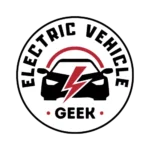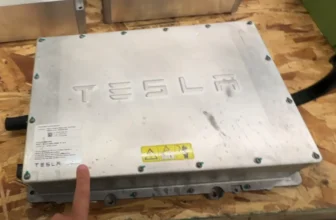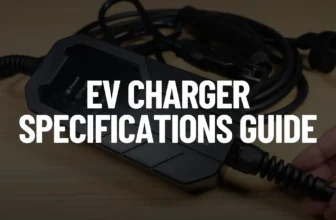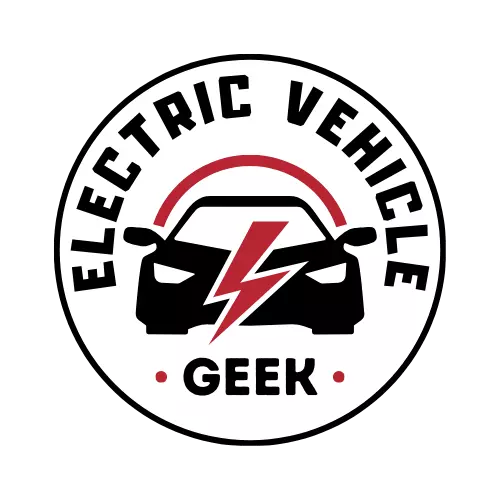Once in a while, when installing EV chargers, EV owners normally ask if their electric grid can handle the power requirements of EV charging; the discussion escalates to the United States’ electrical grid’s capability to sustain the growth of electric cars.
As an EV enthusiast who is at the forefront of EV adoption, I have had training and certifications for installing electric vehicle supply equipment, and up to date I have connected thousands of EV charging stations to the United States electrical grid, in this article I aim to shed light on this topic by answering an important question “Can the Grid Handle Electric Cars?”
We will analyze the growth of EVs, current and future power demands, and how the grid adapts to meet the rising demand.
For optimal EV ownership, having a 240V charging option at home or work is key. Regular household outlets (120V) may not suffice, except for plug-in hybrids. Public charging stations can take much longer than gas stations and reliability varies. Research charging options for your EV model. Installing a 240V home EV Charger may cost around $1,600. Consider these factors before making the switch to an electric vehicle.
Percentage of Electric Cars in the US
According to Experian Automotive, electric cars accounted for 1.05% (3.0 million) in the third quarter of 2023 up from 0.69% (2.0 million) in 2022.
| Fuel Type | Q3 2019 | Q3 2020 | Q3 2021 | Q3 2022 | Q3 2023 |
| Diesel | 3.05% (8.5M) | 3.13% (8.8M) | 3.24% (9.2M) | 3.36% (9.6M) | 3.42% (9.9M) |
| Electric | 0.26% (0.7M) | 0.33% (0.9M) | 0.47% (1.3M) | 0.69% (2.0M) | 1.05% (3.0M) |
| Gasoline/Flex | 93.67% (261.6M) | 93.49% (263.2M) | 93.02% (264.0M) | 92.02% (264.5M) | 92.11% (265.7M) |
| Hybrid (Gas) | 1.81% (5.1M) | 1.91% (5.4M) | 2.16% (6.1M) | 2.41% (6.9M) | 2.77% 8.0M) |
| Hydrogen | 0.00% (0.0M) | 0.00% (0.0M) | 0.00% (0.0M) | 0.00% (0.0M) | 0.01% (0.0M) |
| Other | 1.20% (3.4M) | 1.13% (3.2M) | 1.09% (3.1M) | 0.69% (2.0M) | 0.64% (1.8M) |
| Grand Total | 100.00% (279.2M) | 100.00% (281.6M) | 100.00% (283.8M) | 100.00% (284.9M) | 100.00% (288.5M) |
The Percentage of Electric Cars in the US has increased due to consumers demanding more electric cars, currently, the fast growth in adoption of electric cars can be said to be a fast growth stage in a typical S-curve for new technology.
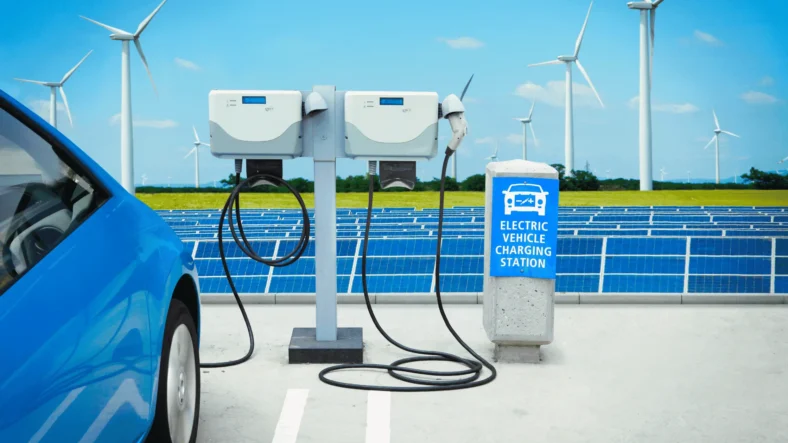
All-electric cars by 2030
According to a forecast based on four independent forecasts done by Boston Consulting Group, Deloitte, Guidehouse, and Wood Mackenzie, as well as analysis from the National Renewable Energy Lab, the number of EVs on U.S. roads is projected to reach 26.4 million in 2030, with annual sales being 5.6 million In 2030, reaching more than 32 percent of annual light-duty vehicle sales in 2030.
The United States Government (Biden Administration), on the other hand, is heavily investing in electric vehicles to make up half (50%) of all cars and trucks sold in 2030, including battery electric, plug-in hybrid [PHEV] electric, or fuel-cell electric vehicles.
If Electric Vehicle (EV) sales reach 50% of vehicle sales in 2030, the total annual sales of EVs, according to the Biden administration, would be approximately 9 million.
This calculation is based on the four independent forecasts done by Boston Consulting Group, Deloitte, Guidehouse, and Wood Mackenzie, as well as analysis from the National Renewable Energy Lab, which predicts that EV sales will be nearly 5.6 million in 2030, reaching more than 32 percent of light-duty vehicle sales in that year.
| Q3 2019 | Q3 2020 | Q3 2021 | Q3 2022 | Q3 2023 | Forecast 2030 |
| 0.26% (0.7M) | 0.33% (0.9M) | 0.47% (1.3M) | 0.69% (2.0M) | 1.05% (3.0M) | 9 million Unit Sales 26.4 million in Roads |
Will the U.S. Reach 50% EVs by 2030?
Based on the forecasted figures by the United States Administration and the four independent forecasts by Boston Consulting Group, Deloitte, Guidehouse, and Wood Mackenzie, as well as analysis from the National Renewable Energy Lab, we can map out the figures in a typical S-curve adopted by new technology introduced to the market in the S-curve shown below.
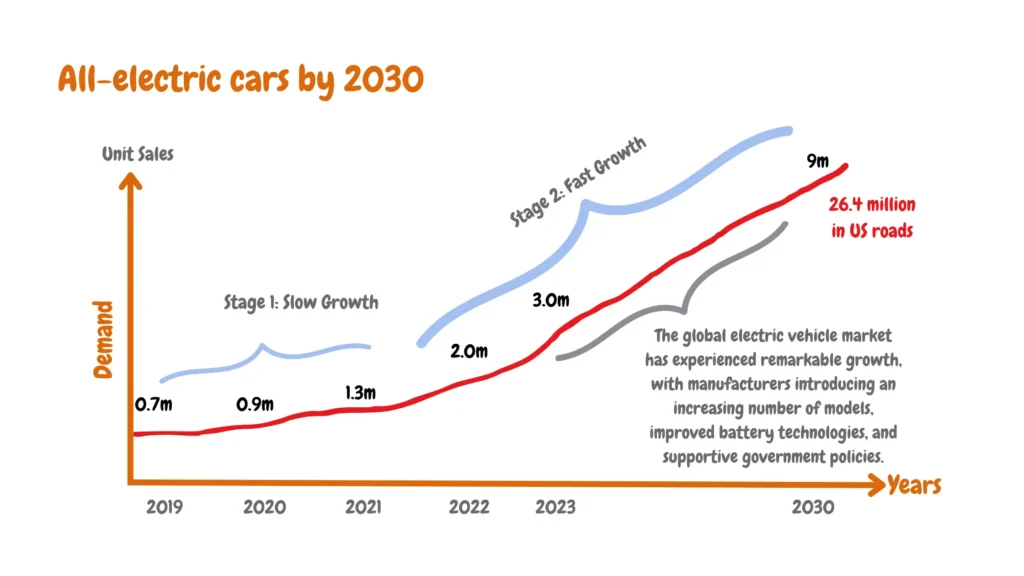
As you can see the rapid growth from 2021 to 2023 indicates overall consumer satisfaction with electric vehicles is very high, with 80% saying they would buy an electric vehicle again based on the availability of home EV chargers, driving enjoyment, EV quality, and reliability and the low cost of ownership and maintenance.
On top of these facts, we are currently in a fast growth stage in a typical S-curve, a typical fast growth is accompanied by manufacturers competing to introduce new models in the market, the introduction of improved hardware such as improved battery technologies, and supportive government policies such as the Bipartisan Infrastructure Law we can say “Yes” the U.S will reach 50% of EVs by 2030.
Now that we understand the current and projected figures, we must examine the power demands.
How Much Electricity Would Power 50% of Electric Cars in 2030?
To understand the grid’s ability to handle electric cars, we must first understand the current power supply and future power demands, according to the US Department of Energy’s Energy Information Administration, 4,231 Billion kWh was generated in 2023.
Anticipated sales of 9 million electric cars and 26.4 million on the road in 2030 (up from 3 million in 2023). According to the U.S. Department of Transportation, the average American drives 13,500 miles yearly.
An annual power demand of 3,857 kilowatt-hours per electric vehicle (EV) accumulates to 101 terawatt-hours (TWh) for a fleet of 26.4 million EVs. This represents approximately 2.5% of the entire U.S. grid production in 2020. Despite its seemingly modest share, this considerably strains the ageing electrical infrastructure.

Why Does EV Challenge the US Electric Grid?
One of the main factors that we will monitor is the government’s investment in improving and expanding the electric grid, considering that most of our electric grid is over 50 years old investment made by the United States Government towards improving the 1960s and 1970s U.S electric Grid.
It’s important to note that over 70% of the U.S. electric grid is the aging infrastructure that is struggling to meet our modern electricity needs, which creates a weak point, not only in the improvements made but also in the expansion of the U.S. electric grid.
Preparing for an Electric Vehicle Future
For the U.S electric grid to accommodate the growing EV market, we must focus on three main areas: grid upgrade and maintenance, vehicle-to-grid Integration, and optimizing load management for efficient EV charging.
Grid Transformation for EV Readiness
- Grid Modernization and Integration
- Adapting Neighborhoods and Business Districts for Increased Load
- Shifting from Centralized to Dispersed Grids
Empowering Grid through Vehicle-to-Grid (V2G) Integration
- Creating Virtual Extensions with V2G Technology
- Collaboration with Auto Manufacturers
- Establishing Buy-Back Programs and Software Deployment
Optimizing Load Management for Efficient EV Charging
- Implementing Effective Load Management Strategies
- Leveraging Time-of-Use Savings Programs
- Utilizing Smart Charging Technologies for Demand Optimization

James Ndungu is a certified EV charger installer with over five years of experience in EVSE selection, permitting, and installation. He holds advanced credentials, including certification from the Electric Vehicle Infrastructure Training Program (EVITP) and specialized training in EV charging equipment and installation, as well as diplomas in EV Technology and Engineering Fundamentals of EVs. Since 2021, James has tested dozens of EV chargers and accessories, sharing expert insights into the latest EV charging technologies.
